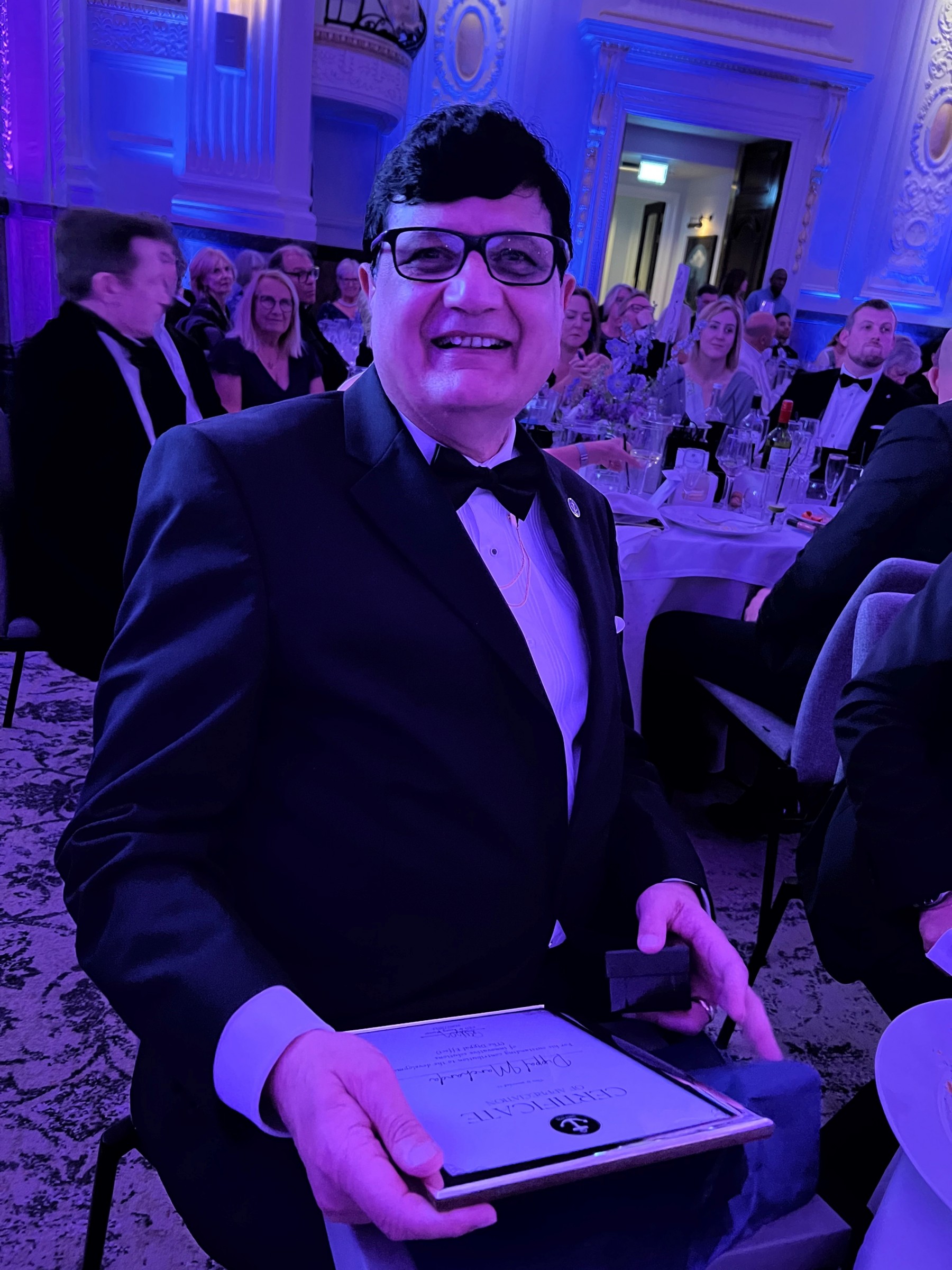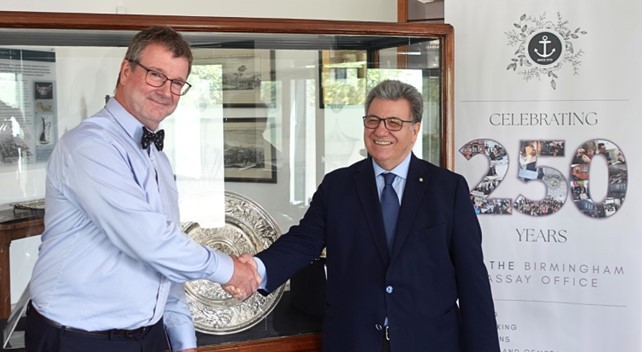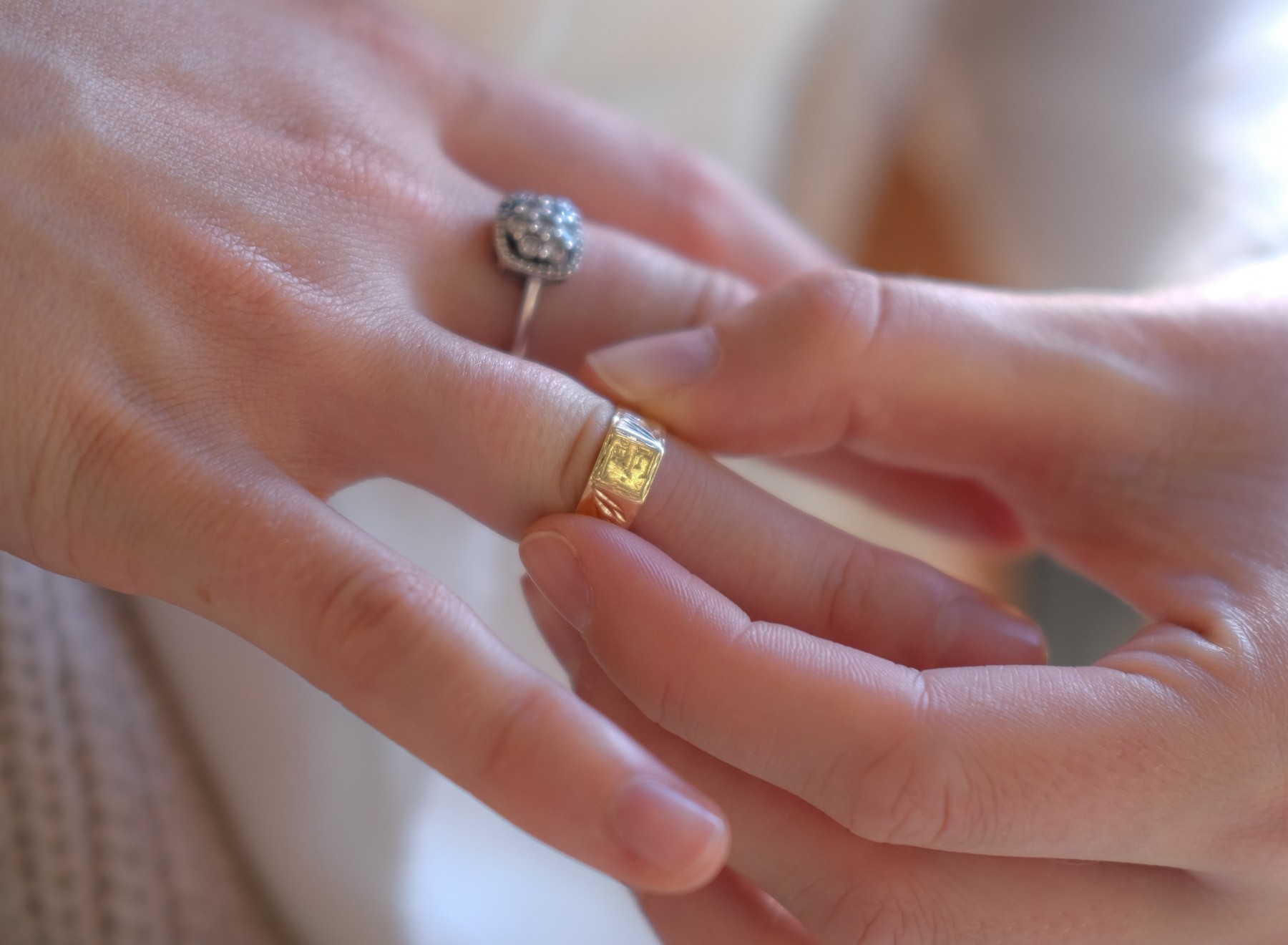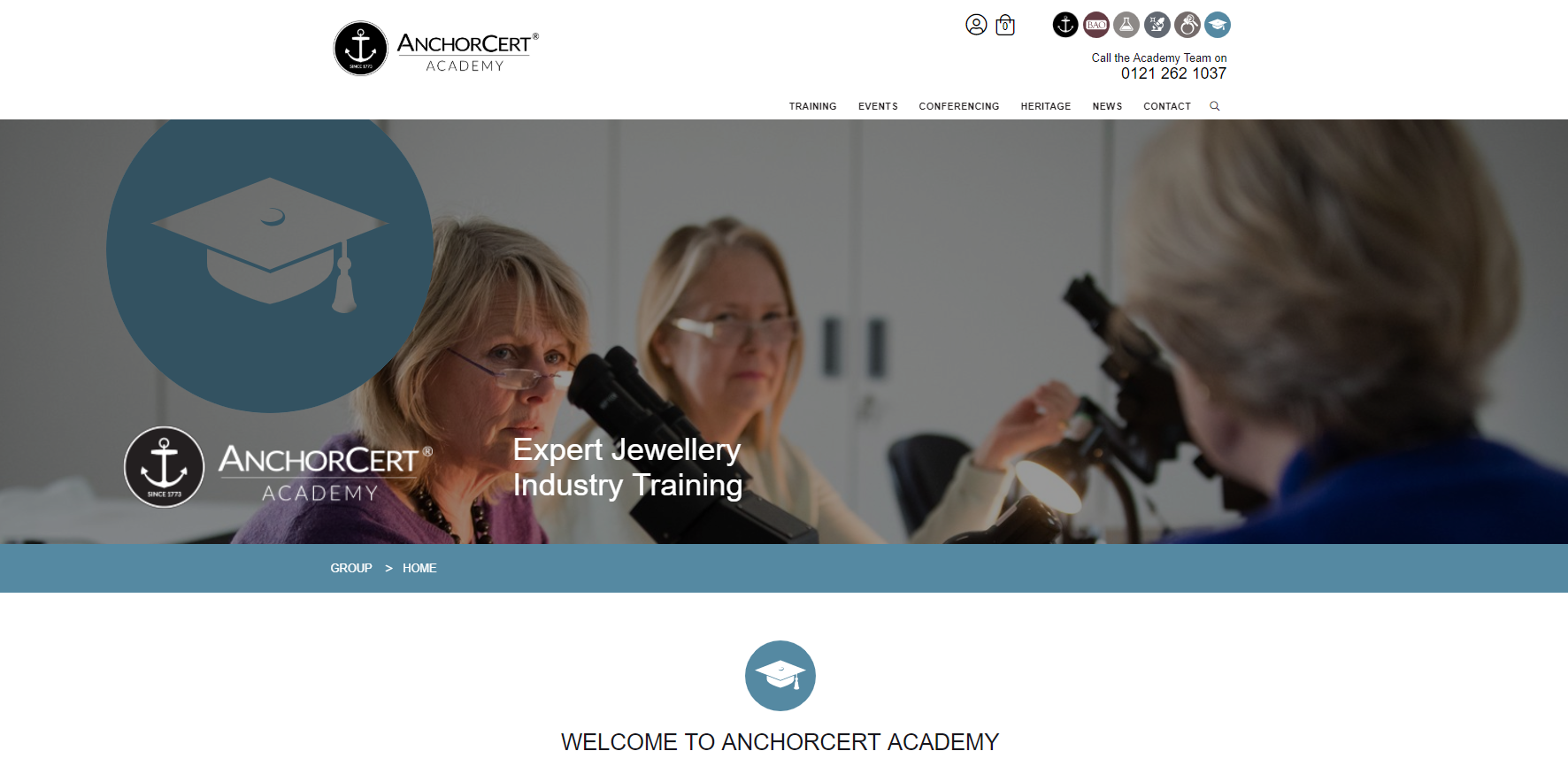 This weekâs treasure from The Birmingham Assay Office collection is an exquisitely designed and illustrated catalogue from Hamilton & Co, a jewellery business that was based in Regent Street in London.
The quotation you can see here is taken from the front cover of the catalogue and it derives originally from a poem by Keats: âA thing of beauty is a joy for ever; its loveliness increases; it will never pass into nothingnessâ. The catalogue is advertising ârich and rare gems and jewelsâ and the contents are mouth- watering. French haircombs, diamond set brooches, necklaces set with pearls and exquisite silver dressing table decorations including perfume bottles and hairbrushes are all featured in its pages. The exclusive feel of the catalogue and the companyâs luxurious products were even reflected in Hamilton & Coâs address for telegrams, which was: âTemptation, London.â
This weekâs treasure from The Birmingham Assay Office collection is an exquisitely designed and illustrated catalogue from Hamilton & Co, a jewellery business that was based in Regent Street in London.
The quotation you can see here is taken from the front cover of the catalogue and it derives originally from a poem by Keats: âA thing of beauty is a joy for ever; its loveliness increases; it will never pass into nothingnessâ. The catalogue is advertising ârich and rare gems and jewelsâ and the contents are mouth- watering. French haircombs, diamond set brooches, necklaces set with pearls and exquisite silver dressing table decorations including perfume bottles and hairbrushes are all featured in its pages. The exclusive feel of the catalogue and the companyâs luxurious products were even reflected in Hamilton & Coâs address for telegrams, which was: âTemptation, London.â
 The catalogue is part of a small collection of original advertising material and catalogues that is held in the Assay Office Library. We also have material from Liberty and Co (a catalogue for its famous Cymric range, a piece of which featured in the last Treasure of the Week), other London jewellers, and the Birmingham companies A.E. Jones, Charles Green and Elkington.
On first glance, old catalogues might not seem to be much of a treasure. But to the historian of jewellery, metalwork or business they are one of the most valuable resources you can find. As well as illustrating the types of products that a company was manufacturing at a particular time, they provide retail prices for the items and it is this financial information that can be quite difficult to find when conducting research today. Catalogues were ephemeral and most likely thrown away at the end of each year or as a new edition was published, so not many will have survived.
The catalogues themselves also give a hint as to how the company was marketing and promoting itself. The Charles Green catalogue that we have in our collection, for example, features a beautifully drawn frontispiece of a little boy and girl very much in the style of the Victorian artist Kate Greenaway, who was extremely fashionable at the end of the 19th century. This suggests that Charles Green as a company was attempting to present itself as a modern business reflecting new styles.
The catalogue is part of a small collection of original advertising material and catalogues that is held in the Assay Office Library. We also have material from Liberty and Co (a catalogue for its famous Cymric range, a piece of which featured in the last Treasure of the Week), other London jewellers, and the Birmingham companies A.E. Jones, Charles Green and Elkington.
On first glance, old catalogues might not seem to be much of a treasure. But to the historian of jewellery, metalwork or business they are one of the most valuable resources you can find. As well as illustrating the types of products that a company was manufacturing at a particular time, they provide retail prices for the items and it is this financial information that can be quite difficult to find when conducting research today. Catalogues were ephemeral and most likely thrown away at the end of each year or as a new edition was published, so not many will have survived.
The catalogues themselves also give a hint as to how the company was marketing and promoting itself. The Charles Green catalogue that we have in our collection, for example, features a beautifully drawn frontispiece of a little boy and girl very much in the style of the Victorian artist Kate Greenaway, who was extremely fashionable at the end of the 19th century. This suggests that Charles Green as a company was attempting to present itself as a modern business reflecting new styles.
 The Assay Office Library is open to researchers by appointment.
The Assay Office Library is open to researchers by appointment.
Your item has been added to the basket
You need to create an account, or login before you can add this item to your basket.







